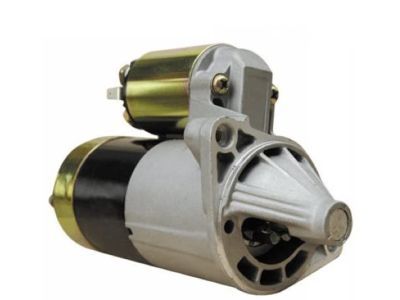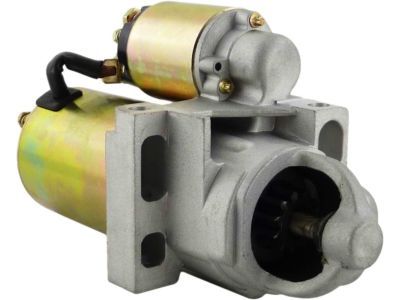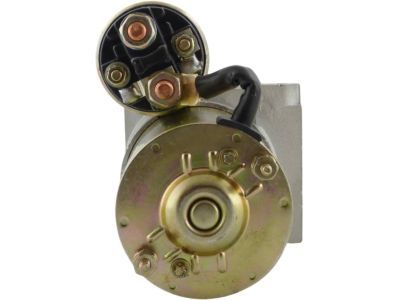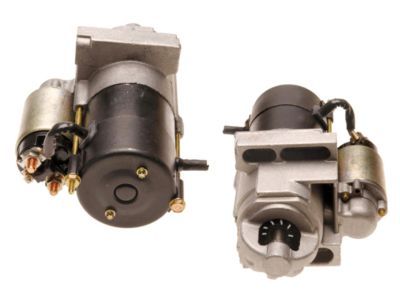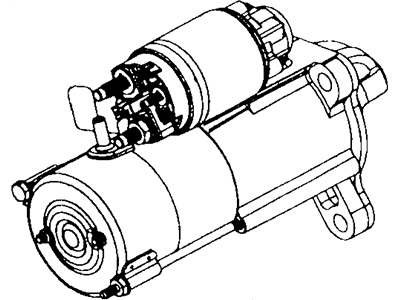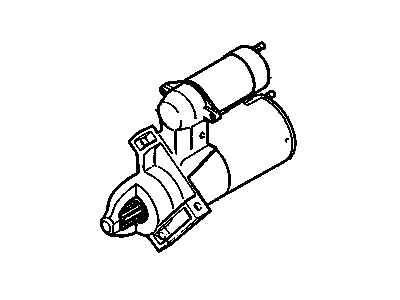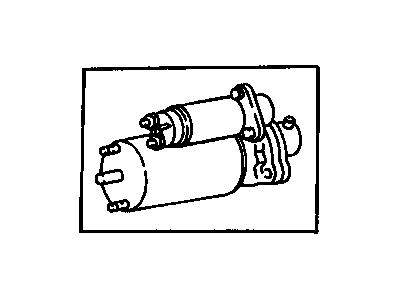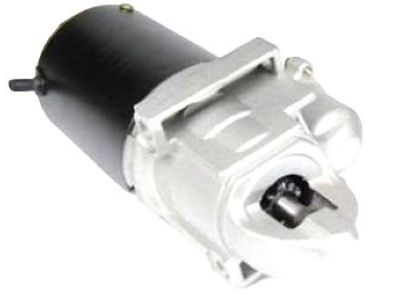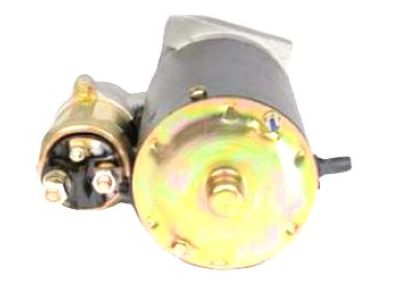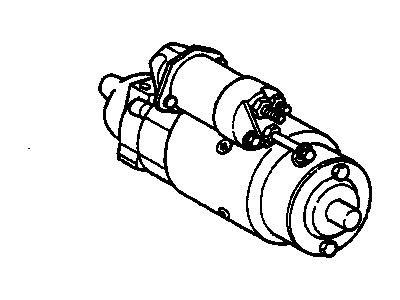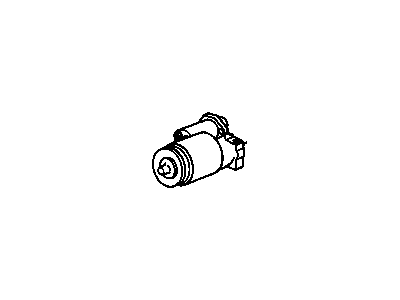
My Garage
My Account
Cart
Genuine Chevrolet C1500 Starter
Starter Ignition- Select Vehicle by Model
- Select Vehicle by VIN
Select Vehicle by Model
orMake
Model
Year
Select Vehicle by VIN
For the most accurate results, select vehicle by your VIN (Vehicle Identification Number).
9 Starters found
Chevrolet C1500 Starter, (Remanufacture) *Use Starter
Part Number: 10465167$179.74 MSRP: $356.46You Save: $176.72 (50%)Ships in 1-2 Business DaysChevrolet C1500 Starter, (Remanufacture)
Part Number: 10465389$189.67 MSRP: $377.08You Save: $187.41 (50%)Ships in 1-2 Business DaysChevrolet C1500 Starter, (Remanufacture)
Part Number: 10496873$92.99 MSRP: $184.54You Save: $91.55 (50%)Ships in 1-2 Business DaysChevrolet C1500 MOTOR
Part Number: 10455065$189.67 MSRP: $377.08You Save: $187.41 (50%)Ships in 1-2 Business DaysChevrolet C1500 Starter (Remanufacture)
Part Number: 10465054$408.40 MSRP: $756.08You Save: $347.68 (46%)Ships in 1-2 Business DaysChevrolet C1500 Starter, (Remanufacture)
Part Number: 10465065$167.63 MSRP: $315.30You Save: $147.67 (47%)Ships in 1-2 Business Days
Chevrolet C1500 Starter
The Chevrolet C1500 employs a starter, a very significant part of the vehicle that starts the operation of the engine since it is known for the conversion of electricity from a battery to mechanical energy. This process starts when the ignition key is turned which turns the solenoid of the starter which in turn grips the starter drive gear on the fly wheel thus 'turning over' the engine. Another feature of the Chevrolet C1500 unit is the use of a gear reduction system in which the armature engages the drive through a reduction gear. This set up is most advantageous when it comes to dealing with the high torque requirement which is characteristic of Chevrolet C1500's engine. Chevrolet C1500 models have become diverse in many ways addressing different specifications of the engine and overall performance. A standard OE or original equipment starters are provided, they may not meet the bill for high-compression engines normally fitted in a modified car. For such high-performance applications, therefore, specific type starters that are suited for tight clearances as well as high compression circumstances should be used to avoid problems for example, kickback or starter breakdown. The importance of the distinction can be mentioned through the note that the Chevrolet C1500's engine configuration must be fitted with a proper starter that will meet its requirements.
Each OEM Chevrolet C1500 Starter we offer is competitively priced and comes with the assurance of the manufacturer's warranty for the part. Furthermore, we guarantee the speedy delivery of your orders right to your doorstep. Our hassle-free return policy is also in place for your peace of mind.
Chevrolet C1500 Starter Parts Questions & Experts Answers
- Q: How to check and troubleshoot a malfunction in the Starter and starting circuit on Chevrolet C1500?A:To determine if the starting system is functioning, you should first investigate the cleanliness and firmness of Battery Cable clamps, check out the state of battery cables, determine if the battery is in good condition, inspect connections as well as wiring for the starter motor, confirm tightness of starter motor mounting bolts, test each fuse found at engine compartment fuse box, inspect ignition switch circuit, examine starter relay among other things and ensure that clutch start switch or Park/Neutral position switch are in their right operational conditions. For this reason try to verify whether voltage is arriving at the starter by attaching a voltmeter or a test light to purple wire through solenoid while turning key to start position. So if your starter moves slowly, then check how much cranking voltage it takes from a battery while on an engine. In addition to having clean terminals and cables with good cold-cranking rating for that purpose; your battery must be in excellent condition too. Before testing your battery and engine block in cases of extremely cold weather conditions heat them up first. If there's power reaching it but not being used remove the motor assembly from its bench and test it. You can tell whether there are any defects within this part by checking what happens when solenoid plunger shifts lever overrunning clutch for proper operation are activated. Some starters may work when we connect them electrically to pinion drive but they fail to rotate that means such motors need replacement because solenoid have electricity so it is fine; otherwise these starters will be unplugged completely since no movement will occur when solenoid clicks mean either one might be malfunctioning while another has failed completely. With this in mind; you can conclude that once you pull out plunger which extends rotates pinion drive starting system functions appropriately.
